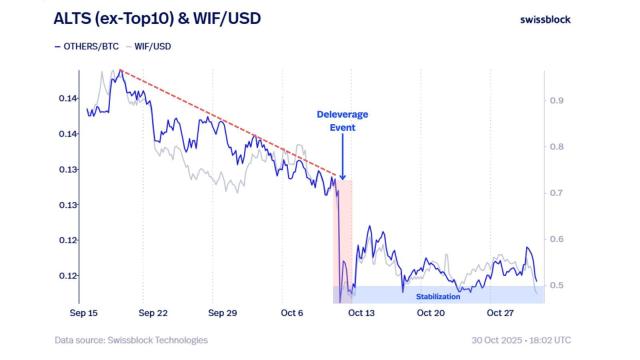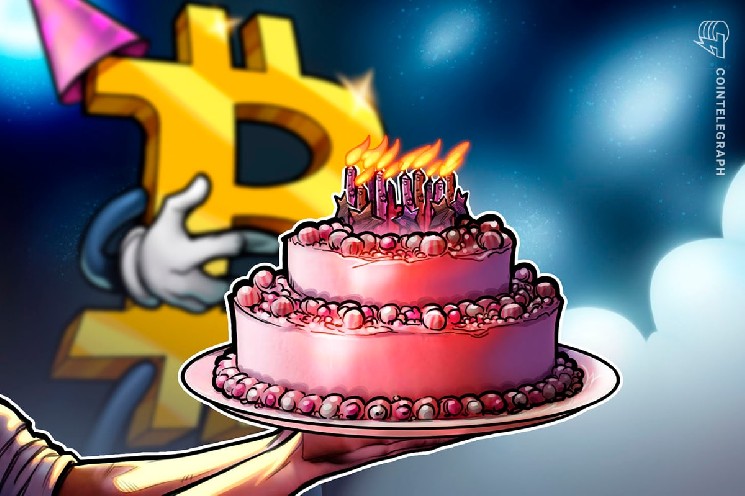2
On October 31, 2008, with the shadow of the financial crisis still lingering, a nine-page white paper quietly arrived on a cryptography mailing list. The author, identified only as "Satoshi Nakamoto," proposed the concept of decentralized electronic cash. Although only a few developers paid attention at the time, 17 years later, global institutions and retail investors went wild, and Bitcoin's price reached its current level of $109,721, with a total market capitalization exceeding $2.18 trillion.
At this momentous occasion, let's take a look back at the history of Bitcoin's coming of age.
Technological breakthroughs spurred by the financial crisis
The Bitcoin white paper was born at a time when global trust in banks was declining. Satoshi Nakamoto designed a peer-to-peer network that allows users to transfer funds directly without the need for a third-party intermediary.
The core mechanism, "Proof-of-Work," verifies blocks through a competition of computing power and writes transactions into the public ledger, the "blockchain," solving the long-standing double spend problem of digital currencies. On January 3, 2009, the Bitcoin Genesis Block was launched, officially bringing the theory into the world beyond the laboratory.
Soaring Prices and Shifting Institutional Attitudes
Bitcoin was first priced at approximately $0.0008. On May 22, 2010, an engineer used 10,000 Bitcoins to buy two pizzas, marking the first time Bitcoin was traded as a valuable asset in the form of physical goods, and thus becoming the origin of the annual "Pizza Day".
The price of Bitcoin has now surpassed $100,000, and even touched an all-time high of $126,025 in early October. This is due to a combination of factors: global inflation, loss of confidence in fiat currencies, investment from Wall Street and technology companies, and the SEC's approval of spot Bitcoin ETFs, which has facilitated access for large funds and solidified its status as "digital gold."
Cultural Diffusion and Future Observations
More broadly, Bitcoin is not just a financial product, but also a collective experiment in the concept of decentralization. The global community continues to collaborate through platforms such as open-source code, forums, and foundations, forming a unique culture.
Looking back over the past 17 years, technological innovation, capital flows, and regulatory policies have mutually propelled this once niche project onto the global asset stage. Looking to the future, the spark ignited by the Bitcoin white paper has never died out, and the spirit of decentralization has taken deep root. Faced with regulatory changes and technological evolution, the Bitcoin story is far from over; the market and community await answers in the next chapter.








